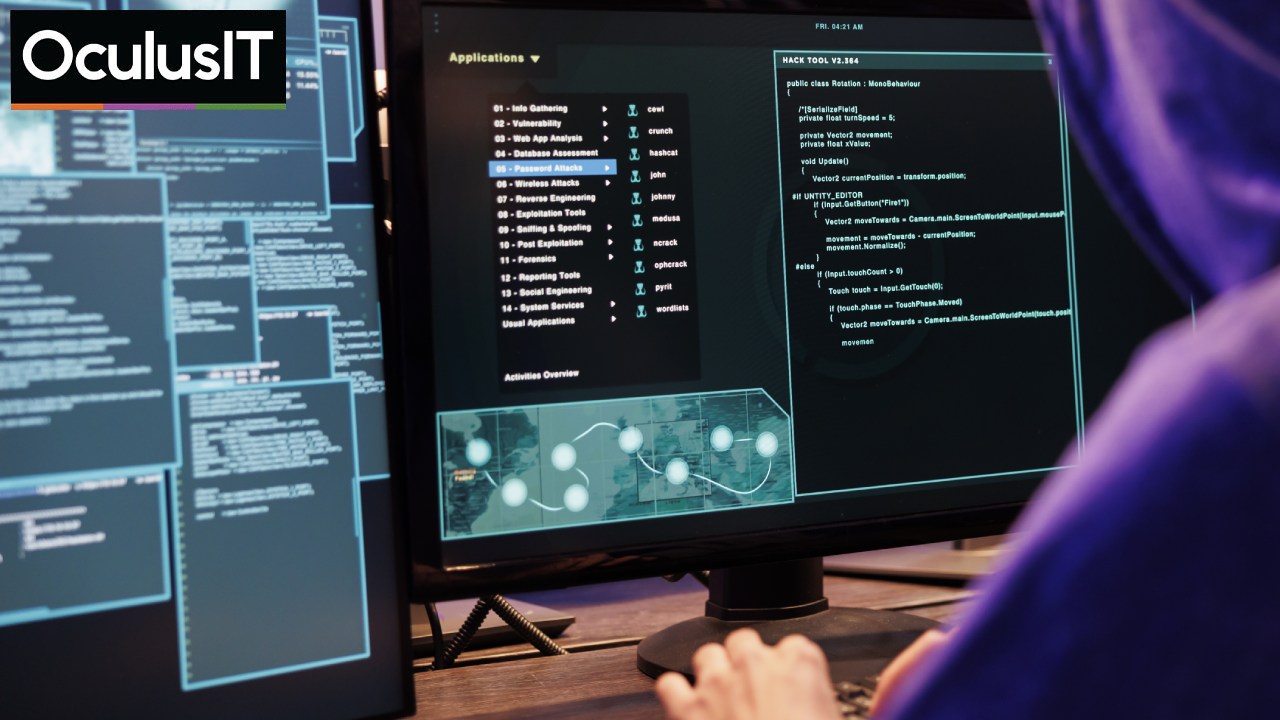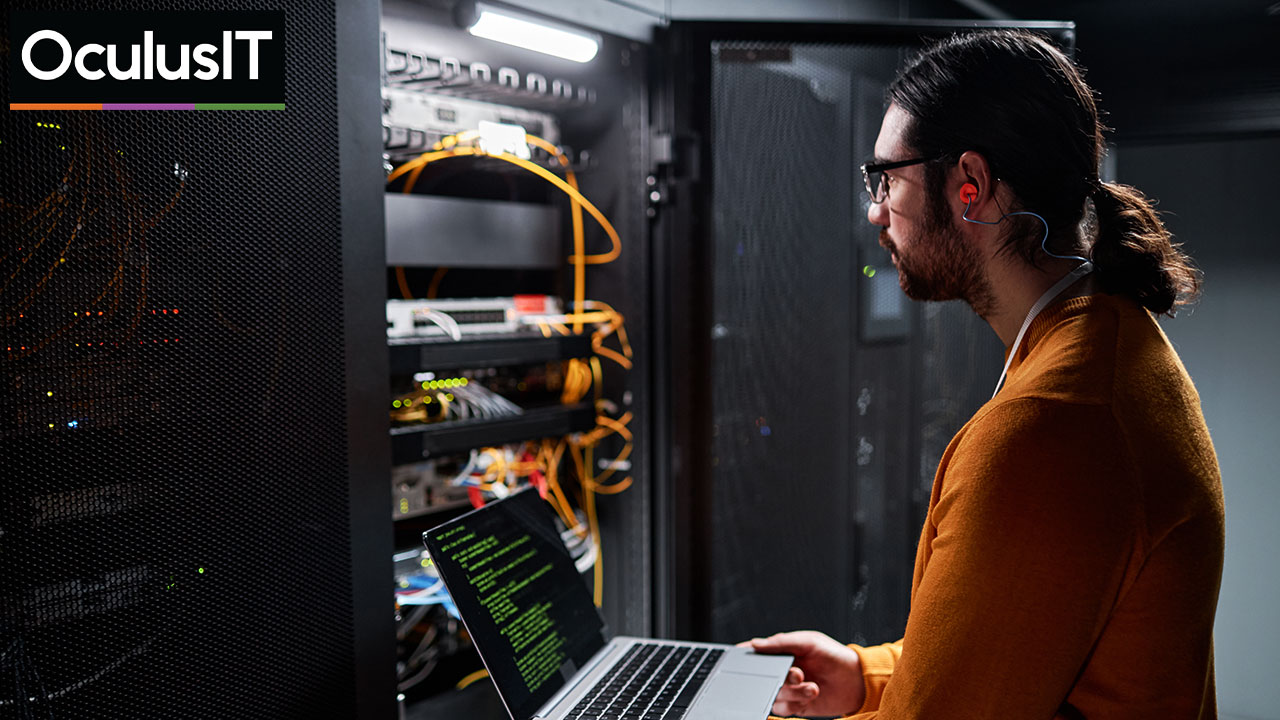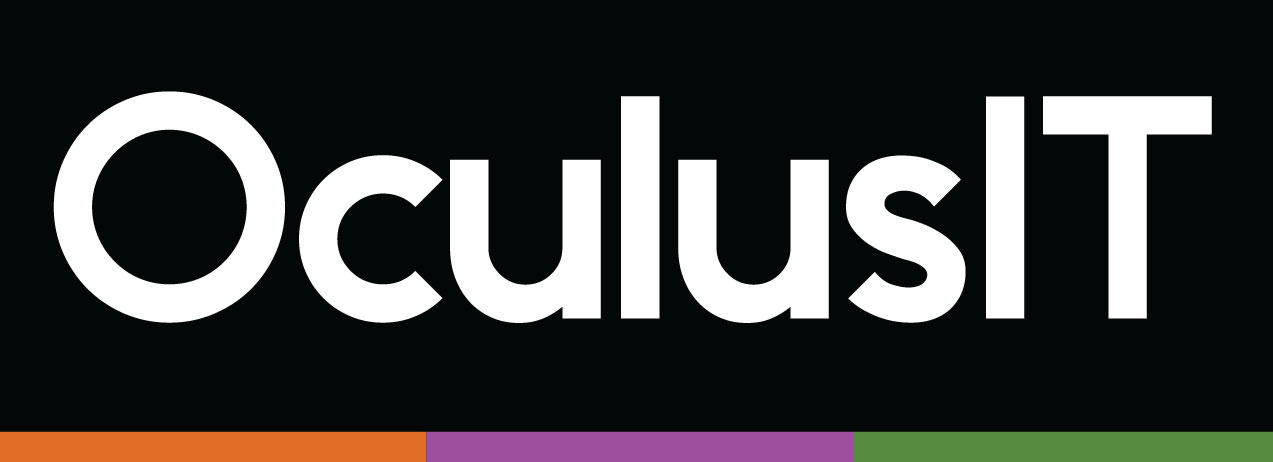
Cybersecurity in Higher Education Institutions: A critical defense for the Digital Era
January 6th, 2025
In today’s interconnected world, cybersecurity has become the top priority of all sectors including higher education. Colleges and universities have become the central targets for cybercriminals, as they have vast networks of users, valuable data, and often very limited IT resources. As educational institutions face growing cyberthreats, understanding the importance of cybersecurity has become crucial for everyone connected to these institutions. Let’s look at the growing cybersecurity threats and key reasons why strong cybersecurity measures are essential for higher education institutions.
Importance of Cybersecurity in Higher Education
- Protection of Sensitive Data
Higher education institutions have large volumes of personal and sensitive data, including student records, health information (for universities with medical school), and financial data. This data is very valuable, which makes the institutions prime targets for data theft and breaches.
- Maintaining Research Integrity and Securing Intellectual property
Universities are the core of innovation, with significant research taking place in various fields. Strong cybersecurity is critical in protecting intellectual property and research work from all types of cyber-attacks. Cybercriminals may attack universities to steal valuable research, patents and other IP that can be used for monetary gain.
- Ensuring No downtime and Continuous Operations
Cyber incidents can cause a lot of disruptions in the daily activities of institutions including classes, research, and administrative functions. Cyberattacks can lock down essential data and systems resulting in downtime.
Why Higher Education is a Prime Target for Cyberattacks
Due to their huge digital infrastructures and diversified users, higher education institutions represent a big challenge to cybersecurity. Among the reasons that make them more vulnerable include:
- Complex Network of Users: With students, faculty, staff, and external collaborators accessing campus networks from different locations and devices, universities are exposed to a wide range of potential cyber threats. This complexity may make it hard to secure every access point.
- Rich sources of sensitive data: From student recorded, financial data to groundbreaking research-higher learning institutions house a store full of highly valuable information and data. Cybercrimes treat it as an opportunity for these malicious actors to steal ransom or exploit data in several ways.
- IT Resource Constraints: Due to scarcity of IT funds, institutions often lack access to current high-tech cybersecurity tools. Consequently, systems are even more prone to breaches; this especially happens when a poorly manned IT department cannot focus on one thing because of a thousand competing issues
Conclusion: Securing the Future of Education
In conclusion, the growing appearance of cyberattacks underscores the critical need for robust cybersecurity measures in higher education institutions. With the vast amounts of sensitive data, intellectual property, and operational functions at risk, universities must prioritize the protection of their digital infrastructures. The complexity of user networks, limited IT resources, and the wealth of valuable data make these institutions attractive targets for cybercriminals.
OculusIT is here to support your institution with tailored cybersecurity solutions that protect against evolving digital threats. Our Managed IT and Security Services are designed to keep your campus secure, so you can focus on your mission of education and research.
Recent Articles

Cybersecurity Awareness Month: Fortifying Your Defenses in Higher Education
October 07th, 2024

Securing Academia: The Role and Benefits of the CISO in Higher Education
September 30th, 2024

Transforming Higher Education Through Managed Infrastructure Services
September 23rd, 2024





















